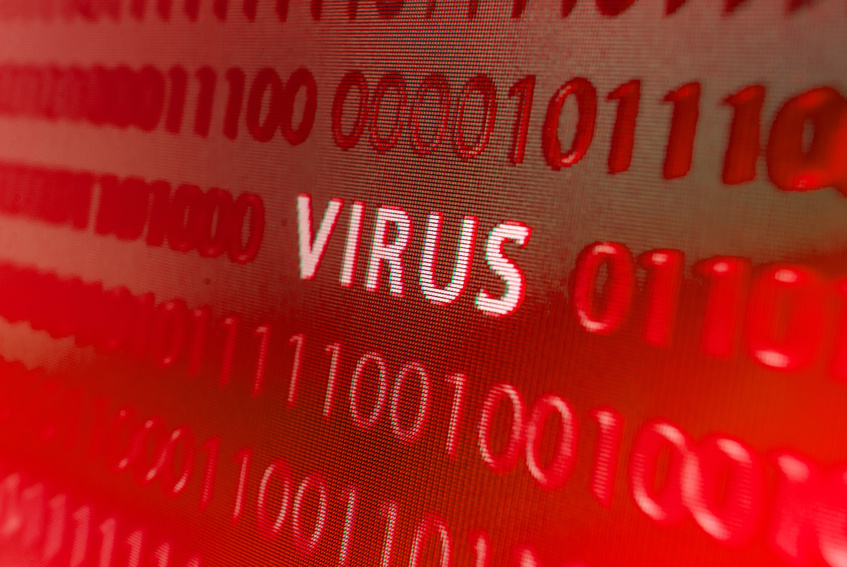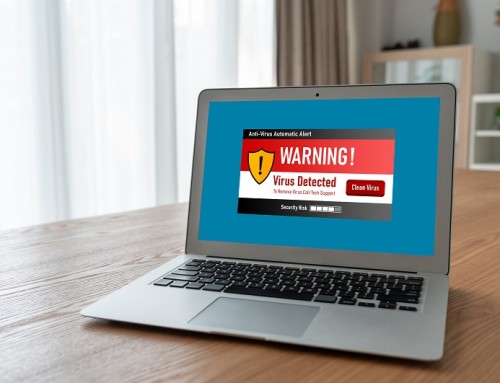We send and receive emails constantly these days, and often these emails contain attachments to documents. While email has made sharing information and work much easier, it has also become one of the main platforms for hackers to distribute viruses. PDF and DOC files can contain viruses, even though they seem like simple text files. However, these “simple” files can have sets of commands built-in, called “Macros,” which can perform actions, such as opening another document. Because of this feature, though, it is possible for hackers and cybercriminals to inject viruses into these macros. This can lead to data loss, system corruption, and theft; worse yet, macro viruses found in DOC and PDF files are often extremely contagious, spreading to many other files on a system, as well as emailing themselves out to saved contacts!
The most important way to prevent viruses from infecting your PC via email attachments is to carefully review each email you receive that contains attachments. Ask yourself: Do I know this person? Does this email look like other emails this person typically sends? Was I expecting a document from this person? Clever hackers will often “hijack” email addresses to distribute viruses to a compromised email account’s contact list. However, it’s rare that these emails are well-formatted – they are usually quite cryptic, with the only text in the email saying “Please review” or something to that effect. Otherwise, they can often contain random characters, poor English, or broken formatting. The document attached will often simply be called “Document” or “Résumé”, as many email users will often open these attachments without a second thought. Don’t be that person! If you aren’t sure, email the person who sent you the document and verify that they in fact sent you that email.
At Layered Systems, we focus on making sure your day-to-day operations run as smoothly as possible. We offer anti-virus, anti-spam, and content filtering services to ensure your employees receive as few suspicious emails as possible. Our team of IT professionals can easily spot and analyze suspicious attachments and advise your employees appropriately. Through backup and disaster recovery services, we’re there in case the worst happens, ready to quickly restore your data. Contact us today to learn more about how to protect your technology investments.







